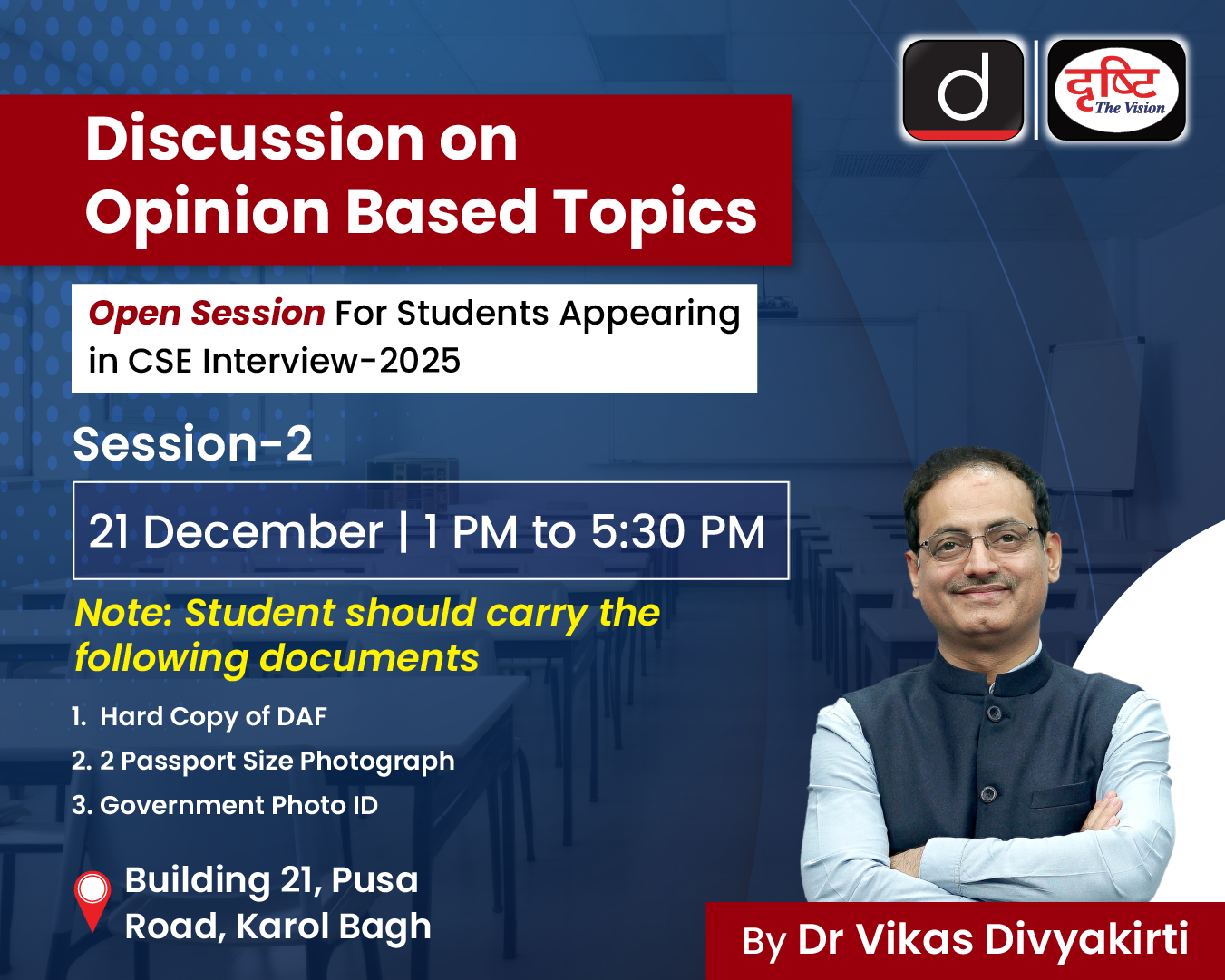-
Q.The Human Development Index (HDI) shows potential, while the Inequality-adjusted Human Development Index (IHDI) reveals performance. Discuss with reference to India. (150 words)
17 Sep, 2025 GS Paper 3 EconomyApproach:
- Introduce the answer by briefing about HDI and IHDI
- Delve into HDI as an Indicator of Potential
- Highlight IHDI as Reflection of Real Performance
- Suggest measures to move towards Inclusive growth.
- Conclude suitably.
Introduction:
The Human Development Index (HDI), introduced by UNDP, measures a country’s potential in terms of health, education, and standard of living. However, when adjusted for inequality, the Inequality-adjusted HDI (IHDI) reflects the actual performance experienced by people.
Body:
HDI: Indicator of Potential
- Improving Rank and Value: India’s HDI rank improved from 133 (2022) to 130 (2023), with the value rising from 0.676 to 0.685, inching closer to the “high human development” threshold.
- Long-Term Progress: Since 1990, India’s HDI value has risen by over 53%, faster than global and South Asian averages, highlighting potential for inclusive growth.
- Policy Successes: Initiatives such as Ayushman Bharat, PM Poshan, Samagra Shiksha Abhiyan, and Skill India have improved health, education, and livelihood outcomes.
IHDI: Reflection of Real Performance
- High Inequality Losses: India suffers a 30.7% loss in HDI due to inequality, highlighting the gap between potential and lived experience.
- Income Disparities: The poorest 40% hold just 20.2% of national income, while the richest 10% hold 25.5%, reflecting a skewed distribution.
- Gender Inequality: Persistent gaps in female labour force participation, wage disparity, and educational access reduce the effective gains in human development.
- Regional Imbalances: Southern and western states often outperform northern and eastern ones, creating uneven development landscapes.
Towards Inclusive Human Development
- Inclusive Growth Policies: Strengthen redistributive measures like targeted subsidies and progressive taxation.
- Focus on Education & Skills: Improve quality education and vocational training to bridge opportunity gaps.
- Gender Mainstreaming: Promote women’s workforce participation through childcare support, flexible employment, and safety measures.
- Regional Balancing: Prioritize lagging states through differential allocation of central funds and infrastructural push.
Data-driven Governance: Use real-time disaggregated data to track inequality and fine-tune policies.
Conclusion:
India’s rising HDI highlights the potential of its human capital, but the significant loss in IHDI underscores the gap in performance due to inequalities. Bridging this gap requires sustained efforts towards inclusive growth, equitable opportunities, and targeted social policies, ensuring that the benefits of human development reach all sections of society.
To get PDF version, Please click on "Print PDF" button.
Print PDF





